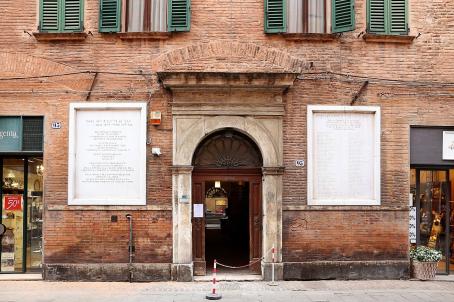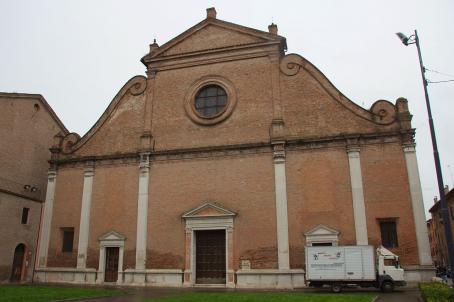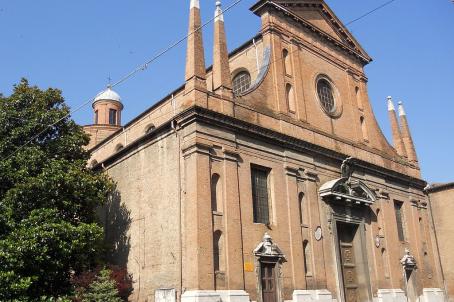Basilica of San Giorgio fuori le mura
The Basilica of San Giorgio fuori le mura, annexed to the Monastery of San Giorgio degli Olivetani, is the oldest Catholic place of worship in the city of Ferrara, dating back to 1135. The history of the basilica is closely linked to the origins of Ferrara. Between the 7th and 8th centuries, due to the continuous barbarian invasions that devastated Voghenza, the seat of the bishop was moved from Voghenza to what was to become Ferrara. The church was completely rebuilt in the 15th century by Biagio Rossetti, remodelled from 1581 on a design by Alberto Schiatti, and then modified in the 17th and 18th centuries with the erection of the new façade by Andrea Ferreri.






